Chess and puzzle along the sea
I did something interesting few months ago...

I felt like a piece of wood moving fast, feeling alive, chasing the waves and staring at the warm colors of the sun. It happened to have a walk in Livorno, it happened to charge my soul with landscapes of calm nature, happy people, and wavy sea.
Livorno means:
- a port city on the Ligurian Sea
- the capital of the province of Livorno
- a city with history, of course, touched by the Medicean period
- an open book of architecture - civil, religious, military
- a city of museums
- a city of culture
The Fortezza Nuova
or the new Fort: this Medicean fort was built by Grand-Duke Ferdinando de' Medici to defend the urban growth that had taken place behind the port, and assisted by the architects Vincenzo Buonanni and Bernardo Buontalenti.
The first stone was laid on 10th of January 1590. Originally the fort extended twice as far as it now does, extending to the marble bridge at the beginning of Via Borra. The military architecture of the structure is more complex than that of the Old Fort, using ramparts as extra protection for the walls which plunge straight down to the water. The walls are of red brick and sandstone running around the perimeter.
The New Fort was partly demolished to make room for two new quarters, Venezia and San Marco, built to cope with the great increase in the population of the XVIIIth century.
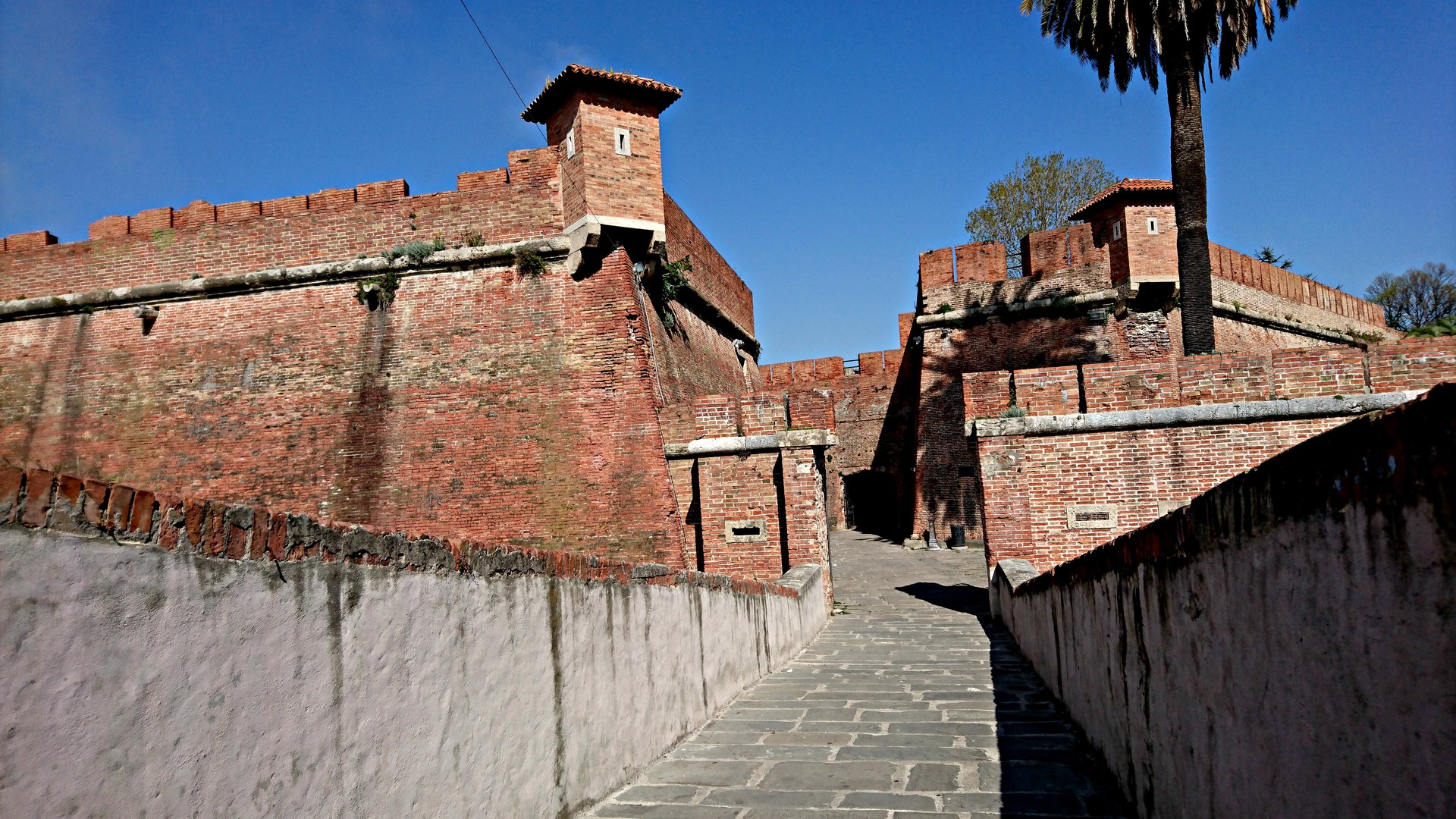
Entry to the Fort was by a drawbridge. Bomber during the Second World War, it also acted as a shelter for many Livornese whose homes had been destroyed and who lived there until 1968.
It was subsequently renovated and now houses a public park and a hall for ceremonies or cultural events.
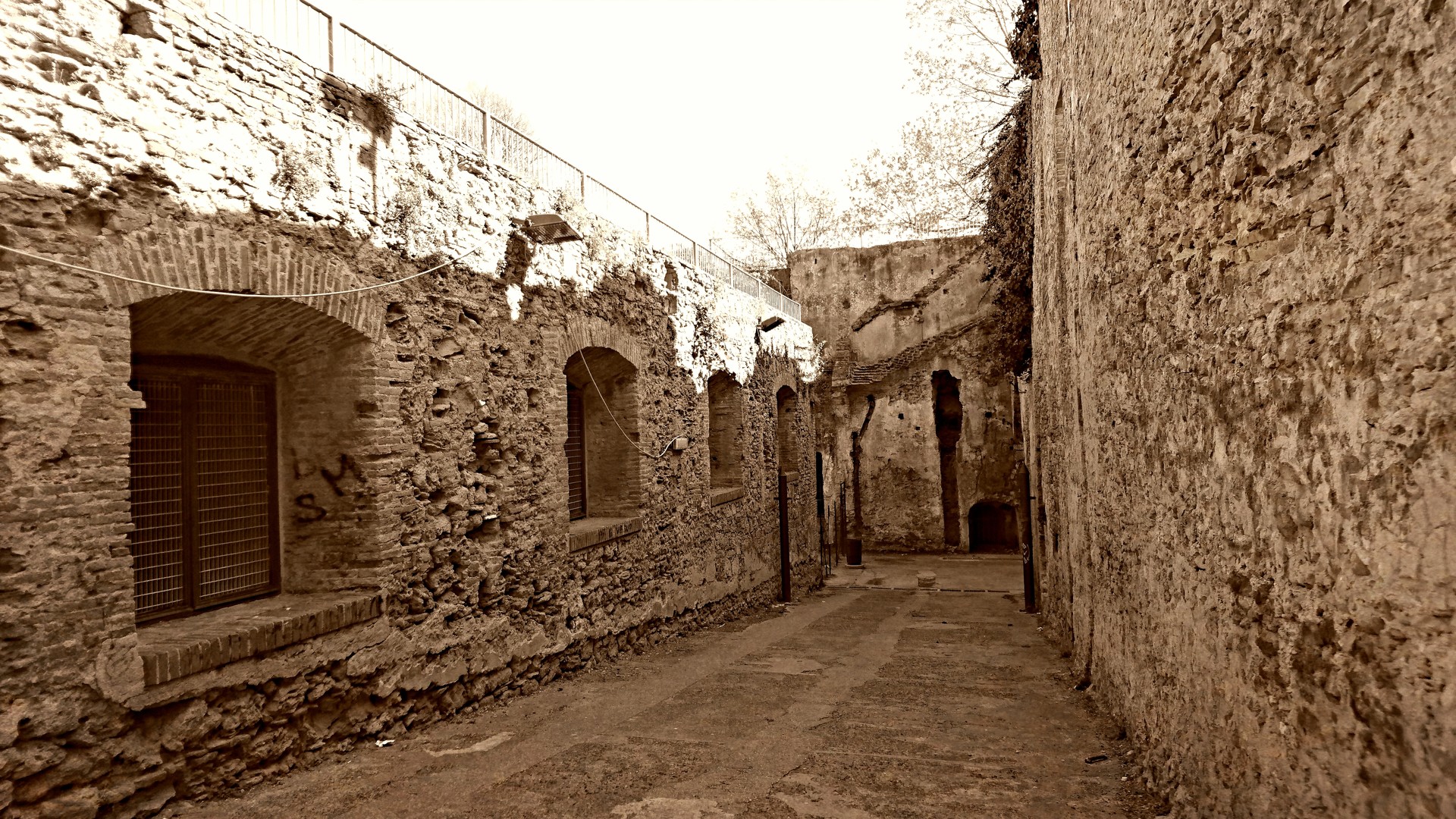
At the entrance to the building is a tablet commemorating those who died for the freedom of their country, and a bust of Giuseppe Mazzini.
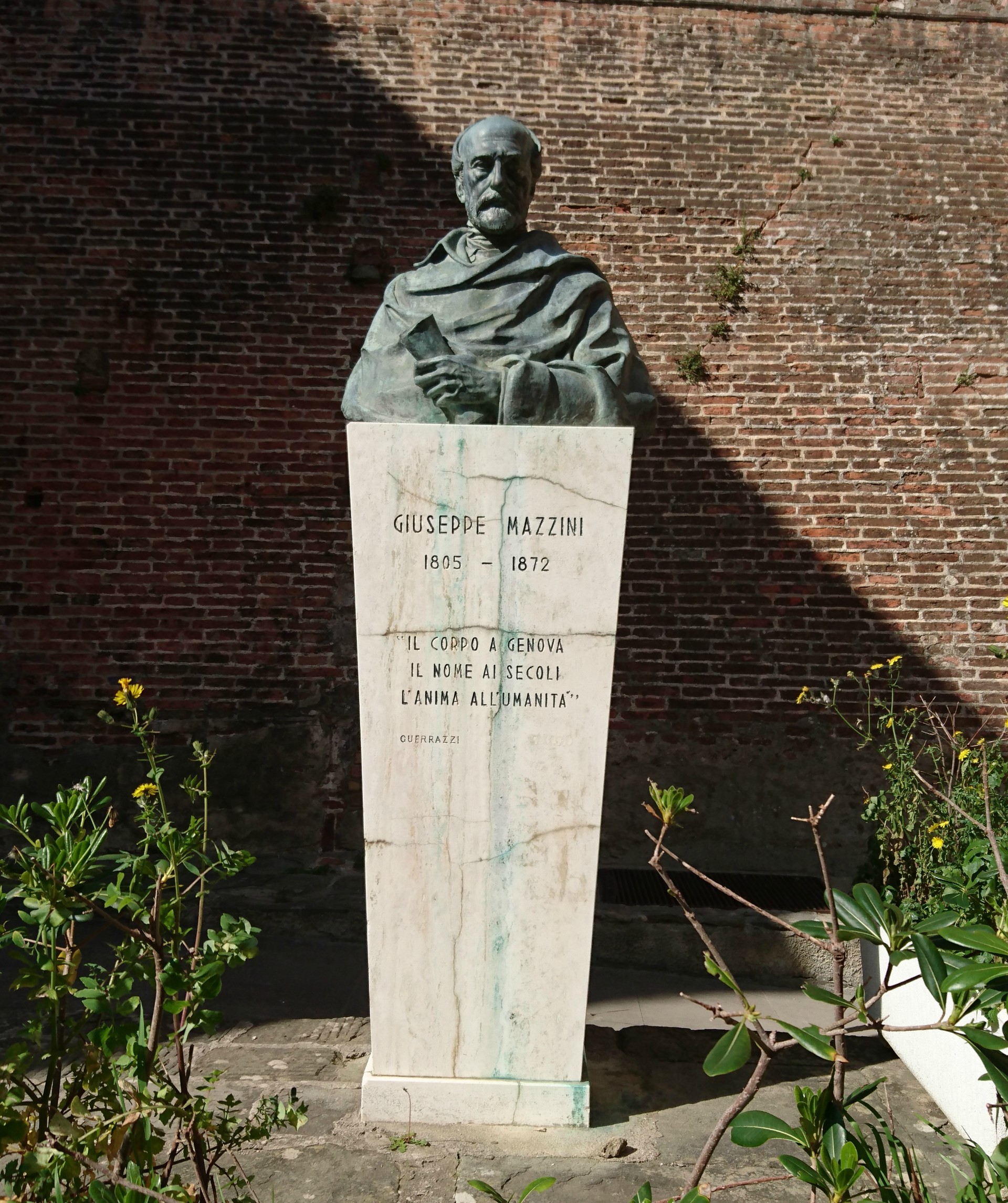
Today the Fortezza Nuova features a curtain wall with its original defensive elements such as the cannon ports and the huge ravelin that extends into the surrounding canal. Access is gained via a narrow brick bridge which replaced the original wooden drawbridge. In the place where the bust is, a marble plaque bears the names of those who fell while defending Livorno in May 1849.
While I was on my way to the seaside - the beautiful chess terrace - a remarkable, particular building raised in front of my eyes and made me approach it and stare at its details.
Palazzo Municipale or... the Town Hall
The neo-renaissance style edifice has a grand marble stairway on the facade and an adjoining belltower.
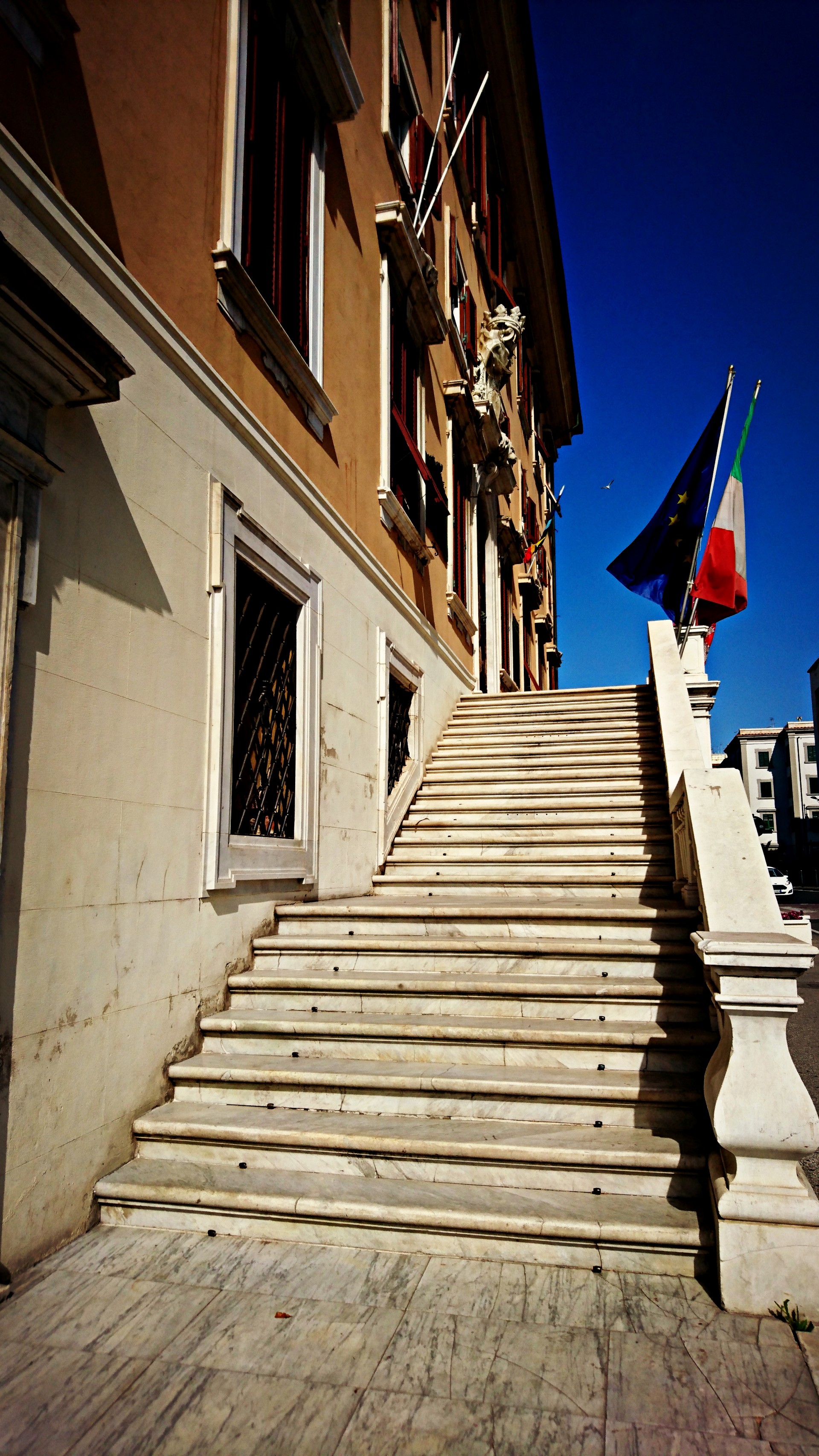
- The first representatives of the Livorno community met in the Church of Saints Mary and Julia. In 1646 a house was acquired in Via del Porticciolo, where they hung a great bell cast by Giulio Seggi of Sassuolo on the tower. They remained there until the present building was constructed. Badly damaged in 1742, it was almost entirely rebuilt in 1745.
- The tower was also rebuilt to house the old bell.
- Renovated and embellished in 1929 by the engineers Salvais and Pastore, it was heavily bombed in the Second World War and renovated and partially rebuilt under the guidance of the engineer Primavera.
- On the first floor is a bronze reproduction of Donatello's "David", and a marble tablet commemorating the 400th anniversary of the founding of Livorno.
- The Council Chamber is decorated with four stucco panels depicting Livorno in the Mythical time of the temple of Ercole Labrone, the Village, The Castle, and the Medicean city, together with busts of Illustrious Livornese.
No city without a Church!
This is the Santa Caterina, the beautiful and stately Church of Livorno:
- The Church was built by architect Giovanni Del Fantasia in 1720 and it is one of the pillars of the "Venezia" quarter, which was built by the Medici, beginning in 1629.
- The octagonal plan building with high cupola has a grandiose square base, now devoid of ornamental stone covering. From here starts the big cupola which originally should have been extra dosed but some decades after (1746) had to be incorporated in an octagonal tambour base of the cupola, for reasons of the stability.
- Inside there is the statue of "Flagellated Christ" and the "Assumption of the Madonna" by Giorgio Vasari; the walls were painted by Antonio and Jacopo Terreni, whereas the eight compartments of the cupola were adorned by Cesare Maffei.

Inside, the story of The Chapel of St. Catherine tells us that:
- you have to know that the first chapel, entering on the right, is the one I wanted to talk about, so that is the chapel dedicated to St. Catherine of Siena - the great Dominican mystic, Doctor of the Church, Saint Patron of Italy and Europe -
- she died in Rome on April 29, 1380
- Initially, the chapel was dedicated to St. Thomas Aquinas, philosopher, and theologian of the Dominican Order, Doctor of the Church - died at Fossanova on March 7, 1274 - written under the "affresco" of the Gloria of S. Thomas, situated in the apse, painted by Giuseppe Maria Terreni
- The fine portrait of St. Vincent Ferreri was enthroned, Spanish Saint of the Order of Preachers - who died on April 5, 1419, in Vannes -
- on the walls the figures in tempera monochrome of Three Theological Virtues: Faith, Hope, and Charity, and to complete the so-called "architecture", the Virtue of Wisdom
- A plaque commemorates the conversion, in this church, of the first American saint: Elizabeth Ann Bayley Seton, founder of the Daughters of Charity - died on January 4, 1821 -
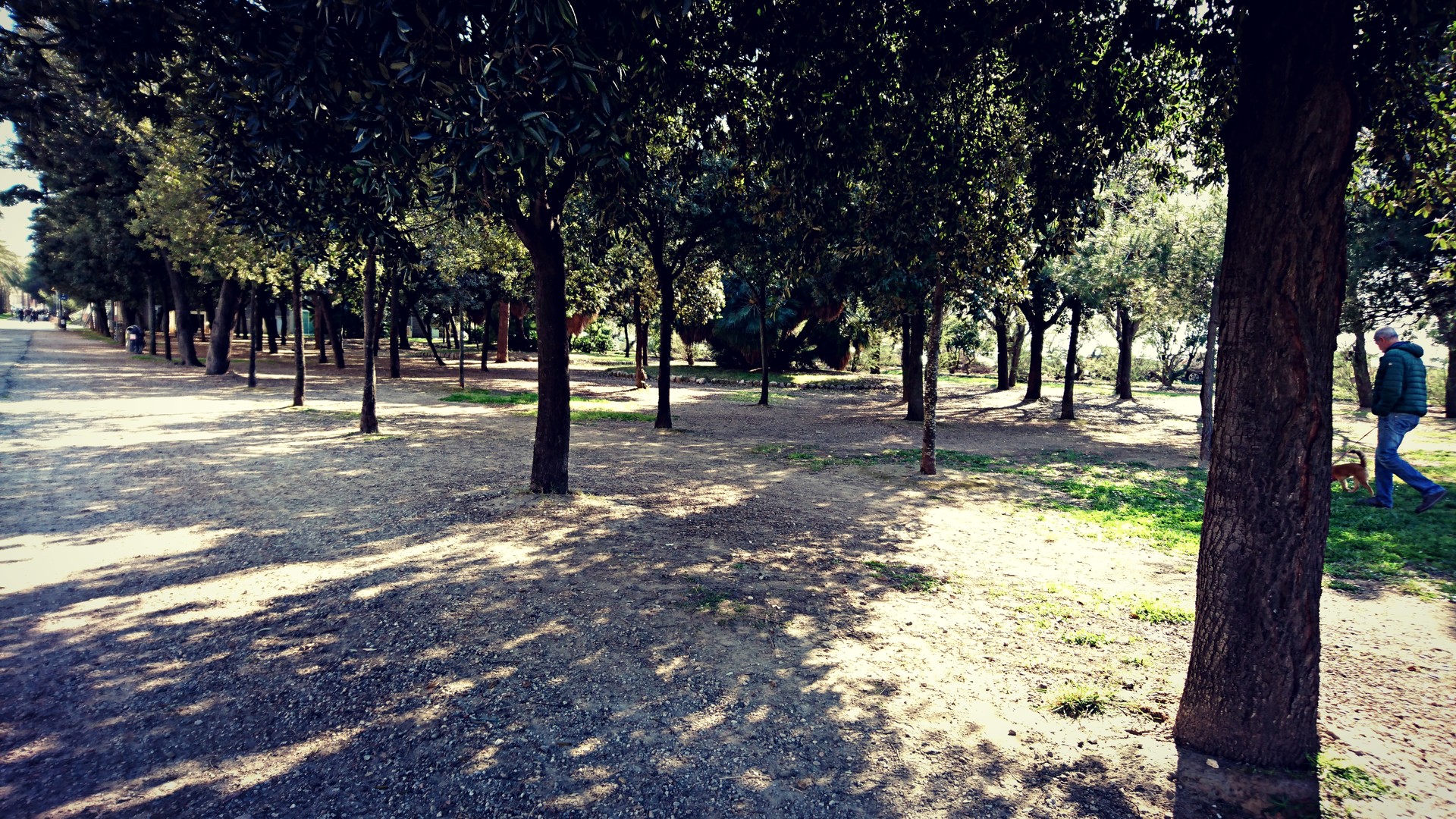
This trip wasn't built like an "information hunt" because of the lack of time. I can assure you that this city is worth it as a quick trip, but I'd like to go back to explore more... I guess one day, my way will lead back to these lands.
Now, the chess and puzzle statement mentioned above is related to a beautiful place where I felt like a wooden piece of living human - if this can be possible -
The Terrazza Mascagni
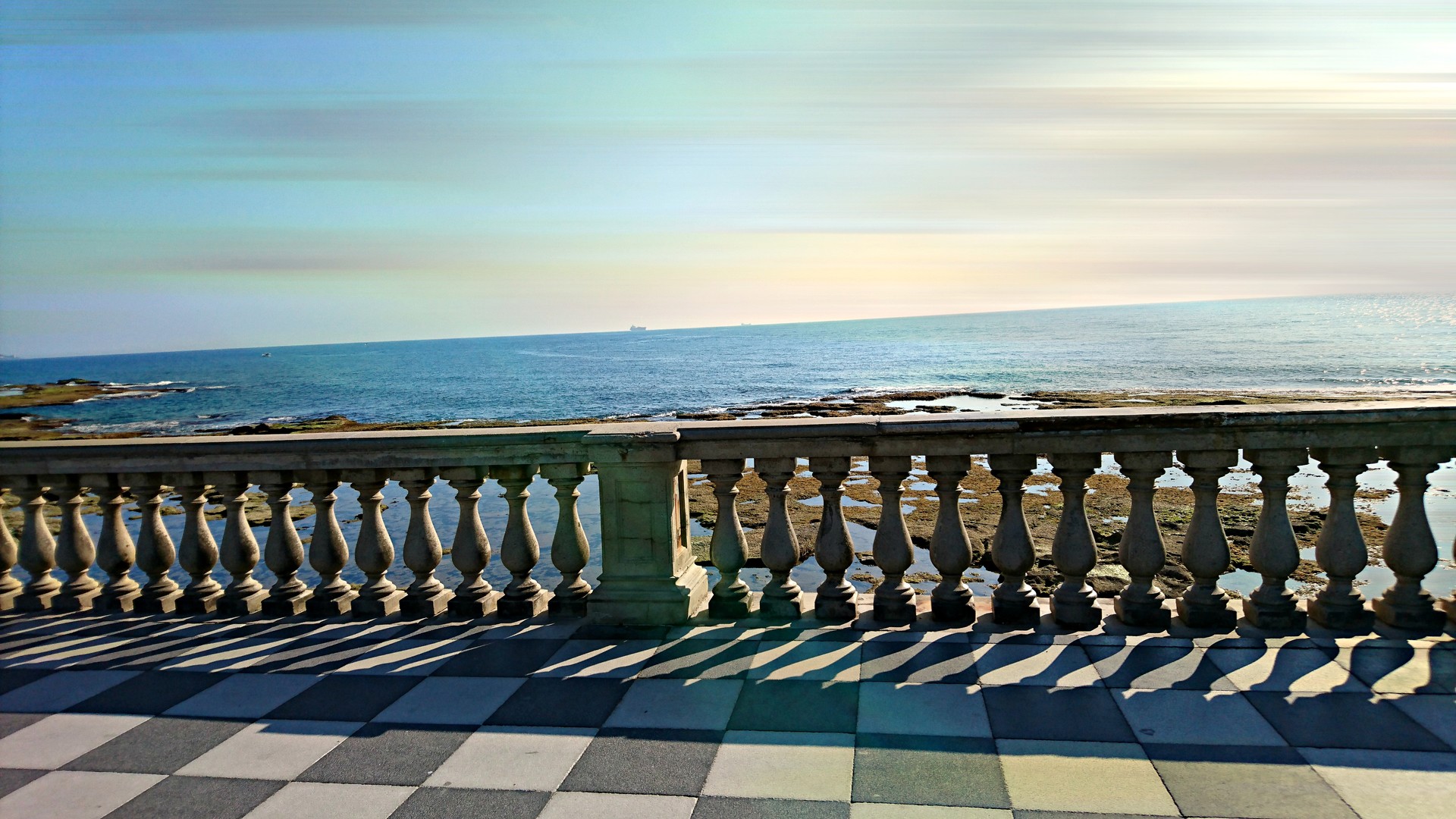
It is the last thing I've seen here, and where I spent some time at. The beautiful colours of the sea were sharing the same universe as the sky ones and everything was divine. I found it very close to me as soul-being, there is something in that mixture between the land - that you can see an walk on - and the sea, and all the positive energy that charges you while you're walking, or breathing the salty air, or even watching the tremendous sea shacking its waves towards you.
These are some information about the Terrazza Mascagni, I think you should know them and they are good to be known as a symbolic overview of the "importance" of every location in this city. So...
- is a wide sinuous, suggestive belvedere toward the sea from which it is possible to admire the Livorno hills, the Tuscan Archipelago until the Corsica and the Port of Livorno
- once was the Forte dei Cavalleggieri (Cavalrymen Fort) built in the 17th century by Cosimo I de' Medici to control the raids of the pirates
- has a paving surface of 8, 700 square meters formed by 34, 800 black and white tiles placed as a checkerboard and 4, 100 balusters
- the Terrazza was dedicated to Mascagni and in 1994 underwent a complete restoration using the same kind of material originally employed; the works were completed on July 10, 1998, with the reconstruction of the “Gazebo for the music”
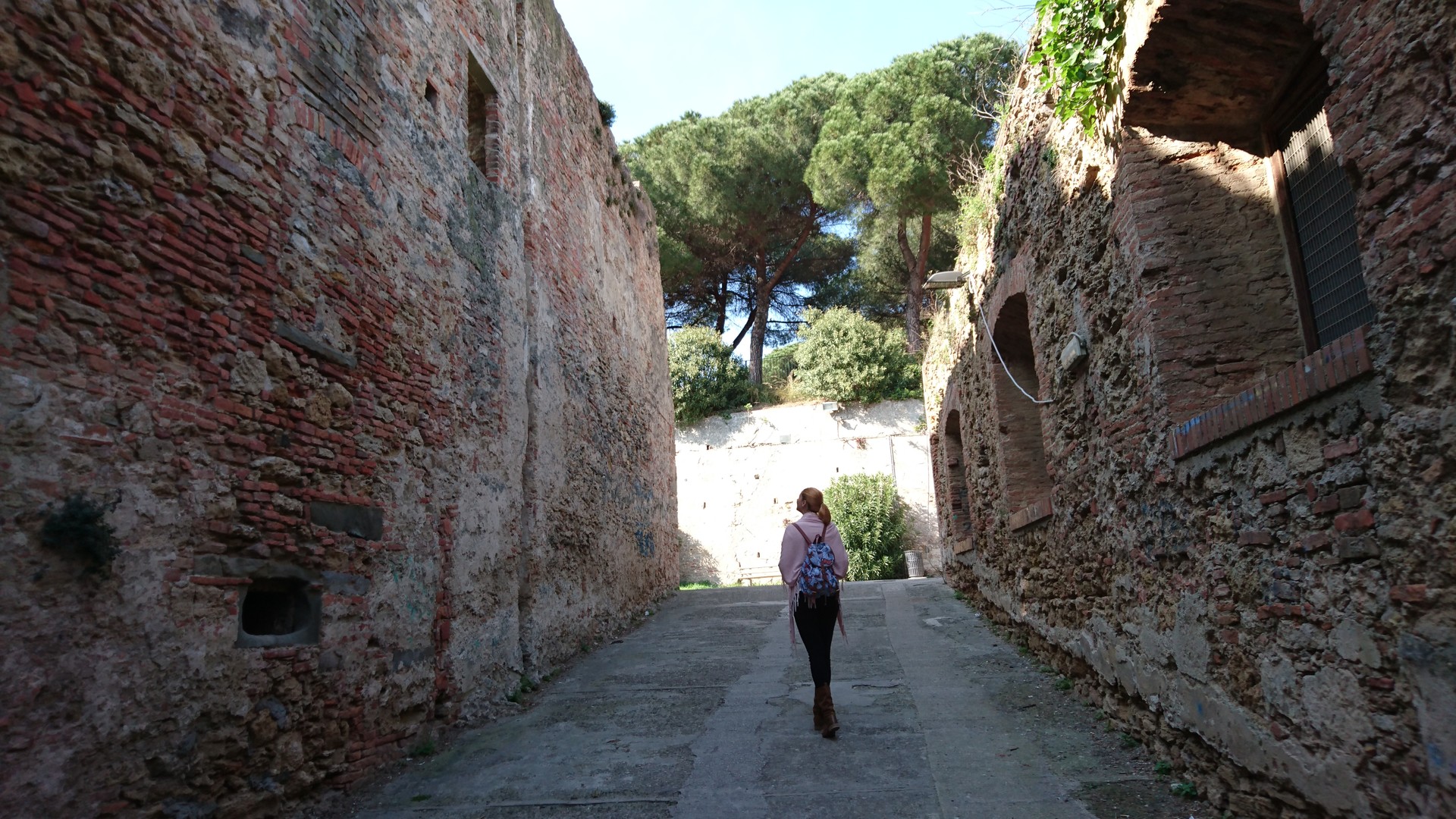
As my last subject, I kept the last words for the "great ending" I was thinking of making up.
But I really don't know how to end such an experience like the one I had, not only in this city but also in all the cities I was and I look back now a little bit sad because I left all that things behind and I moved on, come home and take my old stuff back. I promised myself to come back for more, to come back to stay more and also visit and learn more.
Wish me luck to come back with many more subjects and a lot of great, positive, and colorful experiences!
Photo gallery
Content available in other languages
- Español: Ajedrez y puzzles junto al mar
Want to have your own Erasmus blog?
If you are experiencing living abroad, you're an avid traveller or want to promote the city where you live... create your own blog and share your adventures!
I want to create my Erasmus blog! →




























Comments (0 comments)